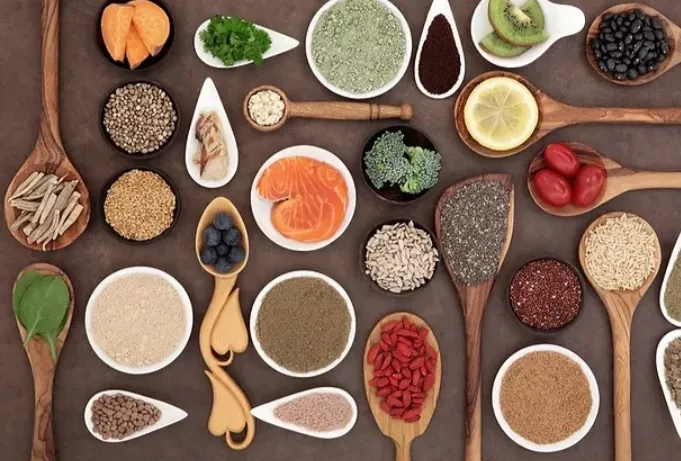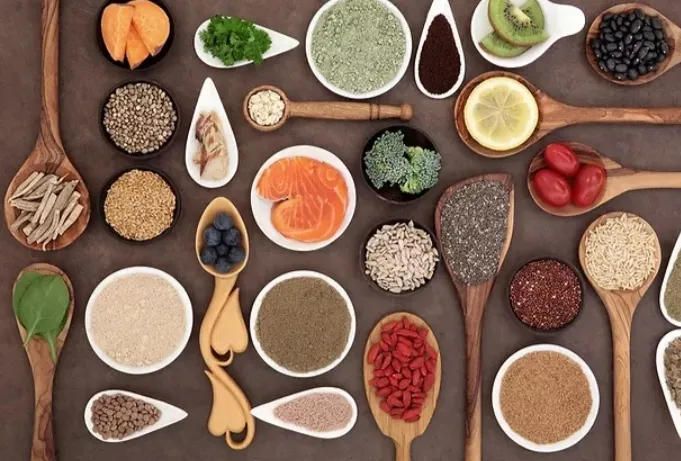ByOnlinecourses55

Nutritional balance - nutrition
In order to achieve a balance in our diet, the following factors must be taken into account:

Although there are complex formulas for obtaining a specific number, the total daily energy requirements are estimated to be between 25-30 kcal/kg body weight for an adult individual. To achieve the nutritional balance it is necessary to adopt the ideal proportion of nutrients.
The daily energy reserve should be based on the macronutrients according to this ratio:
The contribution of vitamins, fiber, minerals and water should be evaluated. It is cardinal to be clear that the doses are not static, and are subject to change depending on particular conditions or requirements.
To distribute the ingestion throughout the day: The healthy thing is to execute between 3-5 daily meals, dosing the foods according to our rhythm of activities:
In specific cases, an afternoon snack could be included, but this would be subject to pathology or more complex schedules.
There is a lack of retinol and vitamins b12 and d.
There are carbohydrates from certain foods such as:
Examples:
Foods of animal origin provide high quality proteins, since they are composed of most of the amino acids necessary for the production of proteins for the functioning of the organism. Roughly speaking, they are composed of everything, with the exception of vitamin C, folic acid and carotenes, which are found in minute concentrations. On the other hand, they lack carbohydrates [except for milk] and fiber. In contrast to foods of vegetable origin, they do provide cholesterol, retinol, vitamins d and b12.
Examples:
Do you want to know more about holistic nutrition?